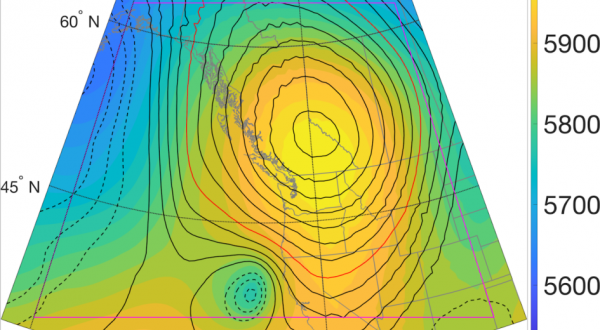Last year's record-breaking heatwave, recent droughts and the 2020 Labor Day megafires that swept across Oregon and Washington all share a contributing factor: atmospheric ridges, or elongated regions of high pressure relative to their surroundings that are typically associated with warm and dry conditions at the surface.
More still needs to be known about the key drivers of ridges and how they will be affected by a warming climate. That's why researchers from Portland State University (PSU) and Washington State University Vancouver (WSUV) are teaming up to study atmospheric ridging in current and future climates, thanks to a grant from the National Science Foundation.
Paul Loikith, associate professor of geography and director of PSU's Climate Science Lab, and Deepti Singh, an assistant professor at WSUV and director of WSUV's Climate Extremes and Societal Impacts Lab, said that while ridges are a normal part of the mid-latitude atmospheric circulation, their occurrence and impacts over western North America is influenced by multiple unique factors including proximity to the Pacific Ocean, interactions between the Pacific Ocean and the atmosphere and the complex topography of western North America.
Read more at: Portland State University
Depiction of the ridge associated with the June 2021 record shattering heatwave over the Pacific Northwest. (Photo Credit: Paul Loikith)


